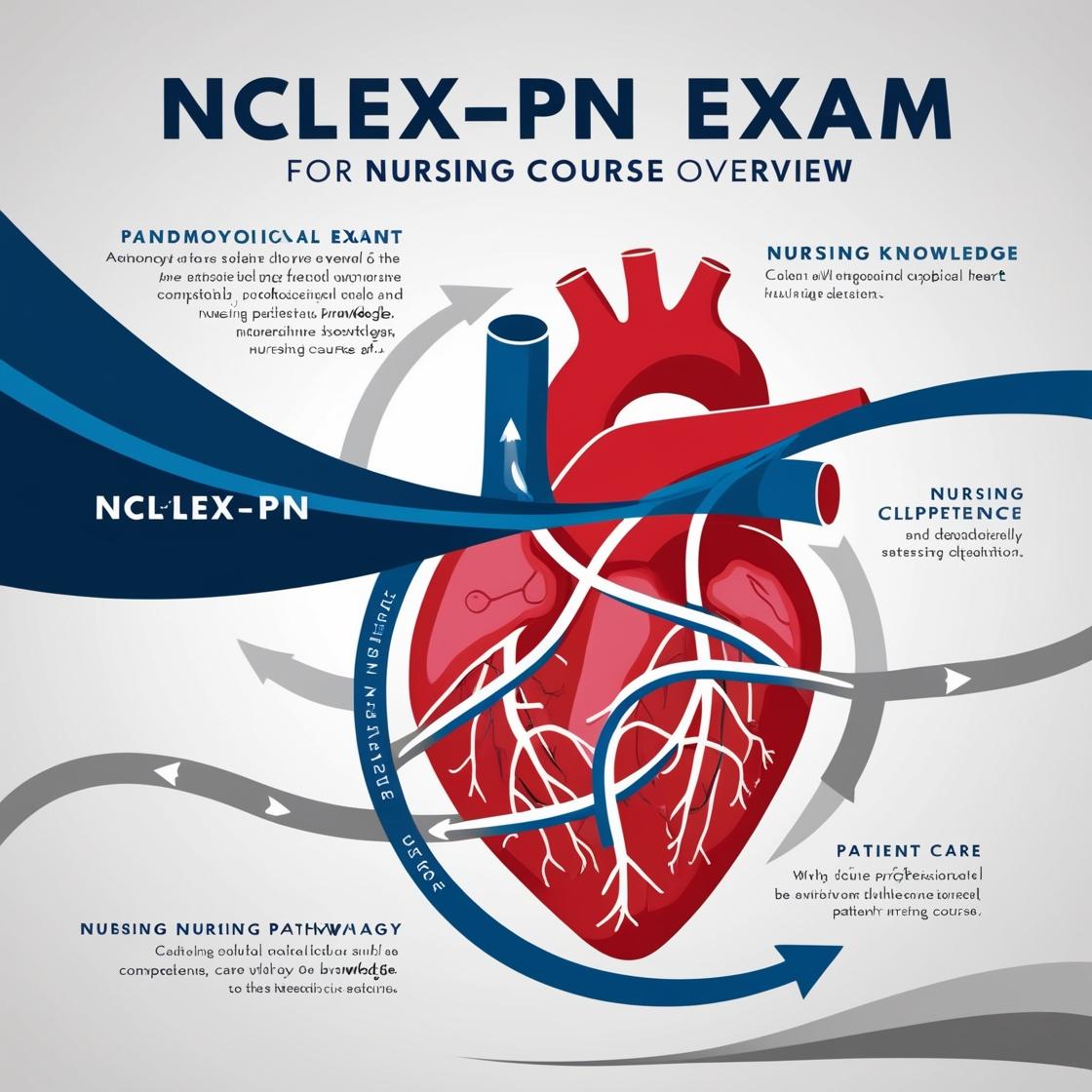NCLEX-PN
PN Nclex Questions 2024
1. When assessing a client's self-expectations about weight loss, which question is most appropriate?
- A. "What makes you think you can change your eating habits?"?
- B. "How do you feel about losing weight?"?
- C. "How important is it that you lose weight?"?
- D. "What do you think is a realistic weekly weight loss for you?"?
Correct answer: D
Rationale: When assessing a client's self-expectations about weight loss, it is crucial to inquire about what the client considers a realistic weekly weight loss goal. This question helps in understanding the client's perception and expectations regarding the weight loss journey, enabling the establishment of achievable goals. Choices A, B, and C do not directly address the aspect of setting realistic goals for weight loss. While questioning about changing eating habits, feelings about losing weight, or the importance of weight loss are relevant, they do not specifically focus on setting achievable goals, which is essential for effective weight management.
2. Six hours after birth, the infant is found to have an area of swelling over the right parietal area that does not cross the suture line. The nurse should chart this finding as:
- A. A cephalohematoma
- B. Molding
- C. Subdural hematoma
- D. Caput succedaneum
Correct answer: A
Rationale: The correct answer is A, a cephalohematoma. A cephalohematoma is an area of bleeding outside the cranium but beneath the periosteum, typically not crossing the suture line. Answer B, molding, is the overlapping of the bones of the cranium and does not involve bleeding, making it an incorrect choice. Answer C, a subdural hematoma, involves intracranial bleeding and is typically diagnosed through imaging studies like a CAT scan or x-ray. Answer D, caput succedaneum, is characterized by edema that crosses the suture line, unlike the described swelling in this case.
3. In performing a psychosocial assessment, the nurse begins by asking questions that encourage the client to describe problematic behaviors and situations. The next step is to elicit the client's
- A. feelings about what has been described.
- B. thoughts about what has been described.
- C. possible solutions to the problem.
- D. intent in sharing the description.
Correct answer: B
Rationale: In performing a psychosocial assessment, the nurse follows a structured approach, starting with encouraging the client to describe problematic behaviors and situations. The next step is to elicit the client's thoughts about what has been described. This step helps gather more assessment data and understand how the client interprets the situation. Asking about feelings, exploring possible solutions, and understanding the client's intent in sharing the description are more complex processes that come later in the assessment. Therefore, the correct next step after describing behaviors and situations is to inquire about the client's thoughts.
4. When caring for African-American clients, what is an important consideration regarding their needs?
- A. Families may have specific needs.
- B. Special hair, skin, and nail care might be required.
- C. Cultural diets should be respected.
- D. Clients are generally future-oriented.
Correct answer: B
Rationale: Correct answer: Special hair, skin, and nail care might be required. African-American clients may have specific hair, skin, and nail care needs due to their unique characteristics such as curly hair and melanin-rich skin. It is important for healthcare providers to be knowledgeable about these needs to provide appropriate care. Option A is incorrect as it does not address the specific care aspect related to the clients themselves. Option C is incorrect as assuming all African-American clients follow cultural diets is a stereotype and may not apply to every individual. Option D is incorrect as being future-oriented is not a characteristic that is universally applicable to African-American clients and does not directly impact nursing care considerations.
5. Which task should not be performed by the licensed practical nurse?
- A. Inserting a Foley catheter
- B. Discontinuing a nasogastric tube
- C. Obtaining a sputum specimen
- D. Initiating a blood transfusion
Correct answer: D
Rationale: A licensed practical nurse should not initiate a blood transfusion. LPNs can assist with transfusions and verify ID numbers but should not be assigned to initiate the procedure. Inserting Foley catheters, discontinuing nasogastric tubes, and obtaining sputum specimens are within the scope of practice for LPNs. Therefore, options A, B, and C are tasks that LPNs can perform, making them incorrect choices.
Similar Questions

Access More Features
NCLEX PN Basic
$69.99/ 30 days
- 5,000 Questions with answers
- Comprehensive NCLEX coverage
- 30 days access @ $69.99
NCLEX PN Premium
$149.99/ 90 days
- 5,000 Questions with answers
- Comprehensive NCLEX coverage
- 30 days access @ $149.99
